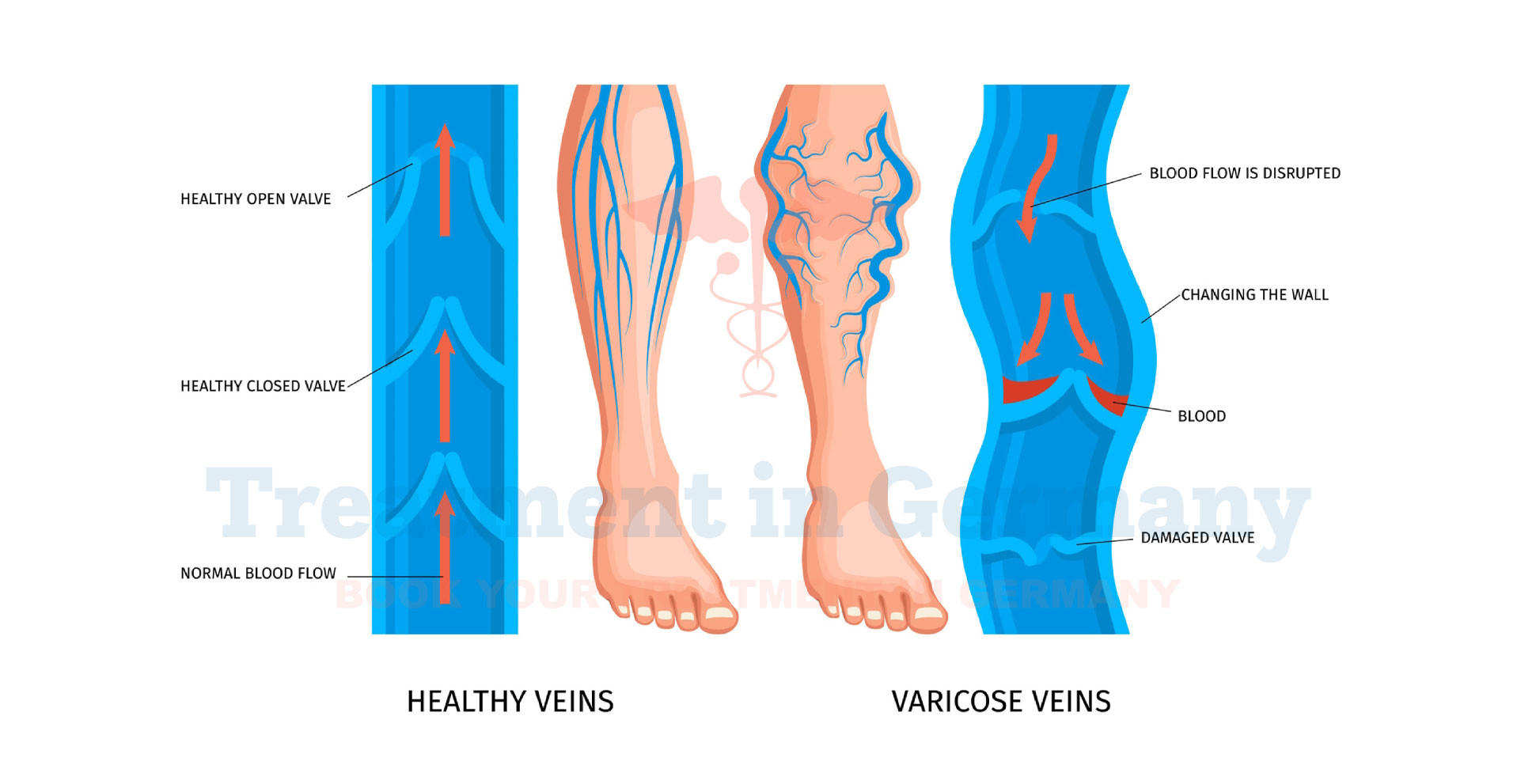What is Venous Ulcers?
Venous ulcers are open wounds that develop on the lower legs or feet due to poor circulation caused by venous insufficiency. This condition occurs when the veins in the legs fail to properly return blood to the heart.
Teading to blood pooling in the lower limbs. Over time, this increased pressure and reduced blood flow can damage the skin, causing ulcers to form.
Side Effects of Venous Ulcers:
Venous ulcers can cause a range of uncomfortable symptoms, including:
How is Venous Ulcers Diagnosed?
Diagnosing venous ulcers typically involves a thorough examination by a healthcare professional, such as a dermatologist or vascular specialist. Diagnostic methods may include:
1. Medical History: The doctor will inquire about the patient's symptoms, medical history, and any underlying conditions.
2. Physical Examination: The affected area will be examined for signs of ulceration, swelling, discoloration, and other skin changes.
3. Doppler Ultrasound: This non-invasive test uses sound waves to assess blood flow in the veins and identify any abnormalities.
4. Venous Duplex Ultrasound: This imaging technique combines Doppler ultrasound with traditional ultrasound to provide detailed images of the veins and detect any blockages or valve dysfunction.
Potential Treatments of Venous Ulcers:
Treatment for venous ulcers aims to improve circulation, promote healing, and prevent recurrence. Common treatment options include:
1. Compression Therapy: Wearing compression stockings or bandages helps reduce swelling and improve blood flow in the legs.
2. Elevation: Keeping the legs elevated above heart level when resting can help reduce swelling and alleviate pressure on the veins.
3. Topical Medications: Specialized dressings or ointments may be applied to the ulcer to promote healing and prevent infection.
4. Debridement: Removing dead or damaged tissue from the ulcer site may be necessary to facilitate healing.
5. Vascular Surgery: In some cases, surgical procedures such as vein ligation, vein stripping, or vein grafting may be recommended to repair damaged veins and improve circulation.
👉 Contact us for further information and receive a complimentary consultation.

.webp)
.webp)
 (1).webp)
 (1).webp)

.webp)
.webp)
 (1).webp)
 (1).webp)
